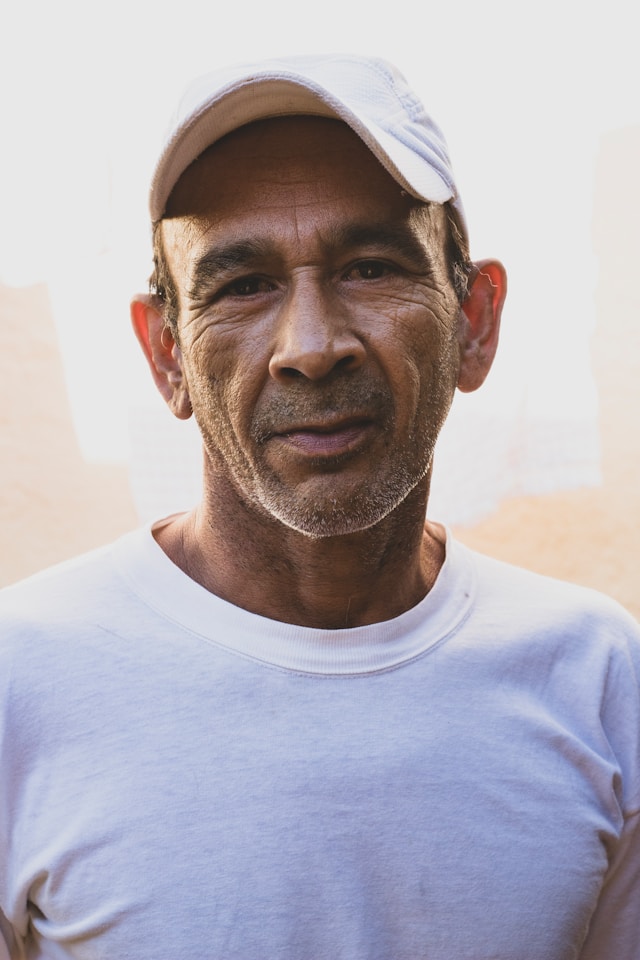Woman Walks Ahead (2017) Ending Explained
tl;dr: Woman Walks Ahead (2017) is a historical drama based on the true story of Catherine Weldon, a Brooklyn artist who travels to Dakota Territory in the 1890s to paint a portrait of Sitting Bull, the legendary Lakota Sioux chief. The film explores themes of cultural clash, resilience, and the tragic erasure of Indigenous rights. The ending depicts the aftermath of Sitting Bull's assassination by U.S. agents and Weldon's futile efforts to prevent the massacre at Wounded Knee, leaving her emotionally shattered but determined to honor his legacy through her art and advocacy.
Detailed Explanation of the Ending:
The climax of Woman Walks Ahead centers on the growing tension between the U.S. government and the Lakota Sioux, as Sitting Bull (played by Michael Greyeyes) resists forced assimilation and the seizure of tribal lands. Catherine Weldon (Jessica Chastain), who has formed a deep bond with Sitting Bull and his people, tries to intervene politically by delivering petitions to Washington, D.C., but her efforts are dismissed. The film's tragic conclusion mirrors real historical events: Sitting Bull is murdered by Indian Agency police in a botched arrest, and Weldon witnesses the brutal suppression of the Lakota, culminating in the Wounded Knee Massacre. The final scenes show Weldon returning east, carrying Sitting Bull's unfinished portrait and his war bonnet, symbolizing her commitment to preserving his memory despite the U.S. government's violent erasure of Indigenous resistance.
The emotional weight of the ending lies in Weldon's transformation from a naive outsider to a fierce ally. Her earlier idealism-believing art and diplomacy could bridge divides-collides with the harsh reality of systemic oppression. The film suggests that while Weldon's actions couldn't stop the violence, her documentation of Sitting Bull's dignity became a quiet act of rebellion. The closing shot of her painting, left deliberately unfinished, reflects the unresolved struggle for Indigenous rights and the incompleteness of historical justice.
Unresolved Questions & Possible Answers:
1. What happened to Catherine Weldon after the events of the film?
- Historically, Weldon faded into obscurity, her advocacy largely ignored. The film implies she continued fighting for Native rights but faced marginalization.
2. Why did the film omit certain historical details, like Weldon's son?
- Likely for narrative focus; the story prioritizes her relationship with Sitting Bull over biographical completeness.
3. Could Weldon have done more to prevent the massacre?
- Unlikely. The film emphasizes the inevitability of U.S. expansionist violence, rendering individual efforts symbolic rather than effective.
Personal Opinion:
Woman Walks Ahead is a poignant, if imperfect, tribute to a overlooked chapter of history. Chastain and Greyeyes deliver powerful performances, humanizing figures often reduced to stereotypes. The ending's bleakness underscores the film's refusal to sanitize history, but it also risks leaving audiences feeling hopeless. While the pacing drags at times, the film's strength lies in its intimacy-showing how personal connections can challenge oppressive systems, even when they can't dismantle them. The unfinished portrait is a brilliant metaphor: history is a work in progress, and reconciliation remains incomplete.
Final Thoughts:
The film's ending lingers as a somber reminder of the cost of colonialism and the importance of bearing witness. By focusing on Weldon's perspective, the movie invites viewers to reflect on their own roles in confronting injustice. Though it simplifies some complexities, Woman Walks Ahead succeeds in honoring Sitting Bull's legacy and the quiet heroism of those who stand with the oppressed. Its greatest achievement is making history feel urgently present, urging us to ask how much has really changed.
